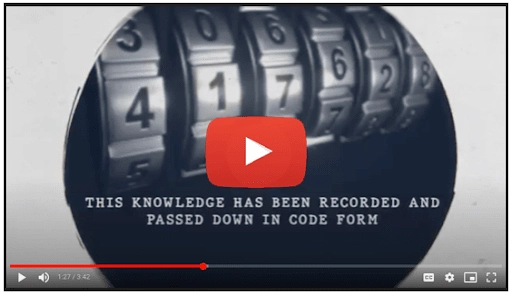Julian Assange Walks Free After Plea Deal

Disclosure: Some of the links in this article may be affiliate links, which can provide compensation to me at no cost to you if you decide to purchase. This site is not intended to provide financial advice and is for entertainment only.
In a dramatic turn of events on the US Pacific island of Saipan, Julian Assange, the founder of WikiLeaks, was released from court after striking a plea deal. The 52-year-old Australian pleaded guilty to a single charge of conspiring to obtain and disclose classified US national defense documents. This marked a significant moment in Assange's long-running legal saga that has spanned continents and captivated global attention.
The plea deal allowed Assange to avoid further time behind bars, considering his extensive previous confinement in a British jail and years spent seeking refuge in the Ecuadorean embassy in London. Chief US District Judge Ramona V. Manglona accepted Assange's plea, citing time served as sufficient penalty for his admitted violation of US espionage law.
Assange's legal troubles began over a decade ago when WikiLeaks published a trove of classified US documents, exposing controversial aspects of American military operations in Afghanistan and Iraq. These disclosures sparked a fierce debate on transparency versus national security, with Assange asserting that his actions were protected by the First Amendment's guarantees of free speech and press freedom.
The hearing on Saipan attracted international media attention, underscoring the global interest in Assange's fate. Supporters hailed him as a champion of transparency and government accountability, while critics, including US officials, argued that his disclosures endangered lives and compromised national security.
The Australian government, which has long advocated for Assange's rights, played a pivotal role in negotiating his release and eventual return to Australia. Flight logs indicated that Assange departed Saipan on a private jet accompanied by Australian diplomats, bound for Canberra.
As Assange emerged from the courtroom into a throng of reporters, it marked a stark contrast to his years of confinement and legal battles. His journey from a small Pacific island to the corridors of power in Washington and the courts of Europe has left an indelible mark on the intersection of journalism, whistleblowing, and government secrecy in the digital age.
The resolution of his case in Saipan opens a new chapter in Assange's tumultuous life, leaving lingering questions about the limits of press freedom, the responsibilities of journalists in handling classified information, and the enduring legacy of WikiLeaks in the annals of modern journalism and civil liberties.
Here are the plea hearing audios.
Disclosure: Some of the links in this article may be affiliate links, which can provide compensation to me at no cost to you if you decide to purchase. This site is not intended to provide financial advice and is for entertainment only.
